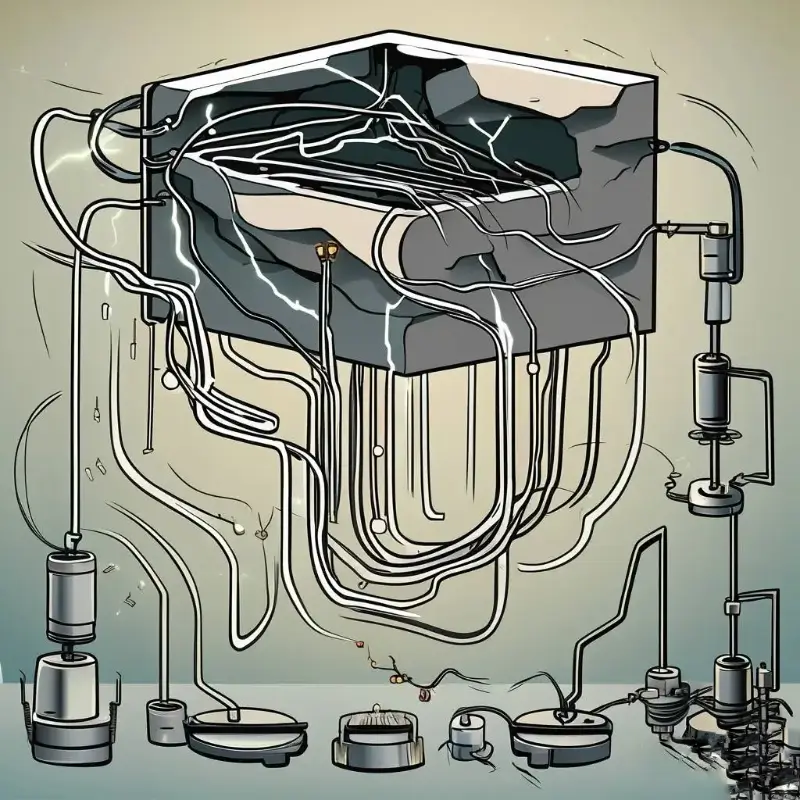why does a mirror exchange left and right but not up and down?
Mirrors do not actually “exchange” left and right or up and down; rather, they reflect the image as they would a two-dimensional projection of our three-dimensional world. The apparent flipping of left and right is due to our perception and the way we interpret the image.
When you look at yourself in a mirror, the mirror is reflecting the light rays coming from your body back towards your eyes. Because your left and right sides are reversed in relation to the mirror, what was on your left appears on the right side of the reflection, and vice versa. This reversal happens because the mirror is reflecting the front-back axis of your body, not the left-right axis.
However, the up-down axis is perpendicular to the mirror surface, and therefore, the reflection maintains the same orientation. Your head is still above your feet, and your feet are still below your head. The vertical information (up vs. down) remains unchanged because the mirror doesn’t affect this axis.
To understand it another way, imagine standing face-to-face with someone else. If they mirrored your actions exactly, their left hand would match your right hand and vice versa, but their upward and downward movements would correspond directly with yours. The mirror behaves similarly – reflecting your image as if you were facing someone who copied your actions perfectly, but with left and right reversed.
The reason a mirror appears to exchange left and right but not up and down is due to the way light reflects off the mirror’s surface and how our brain interprets that reflection.
When light hits a mirror, it reflects off the mirror at the same angle at which it hit the mirror, according to the law of reflection. The mirror itself does not alter the light in any way that would change the direction of the light’s travel. However, when we look at the reflected image, our brain interprets the reflection based on our own spatial orientation and the conventions of language and visual representation.
In the vast majority of languages, including English, the terms “left” and “right” are used to describe positions relative to the observer’s own spatial orientation. When we face a mirror, we typically stand with our face toward the mirror, and our left side corresponds to the left side of the mirror image, and our right side corresponds to the right side of the mirror image. The mirror simply reflects this arrangement back to us, so there is no exchange of left and right—it’s just that our brain interprets it correctly because it is facing the mirror in the same way it would face a person.
On the other hand, up and down are not reversed in a mirror because they are not relative to the observer’s spatial orientation but are instead relative to the orientation of the Earth. When we look at a mirror, we are not flipping or turning ourselves upside down relative to the Earth’s surface, and thus, the up and down orientation of the mirror image corresponds to the up and down orientation of our own bodies.
In summary, the perceived exchange of left and right in a mirror is due to the mirror reflecting our own spatial orientation back to us, while the up and down orientation is not reversed because it is based on the Earth’s orientation rather than our own.



